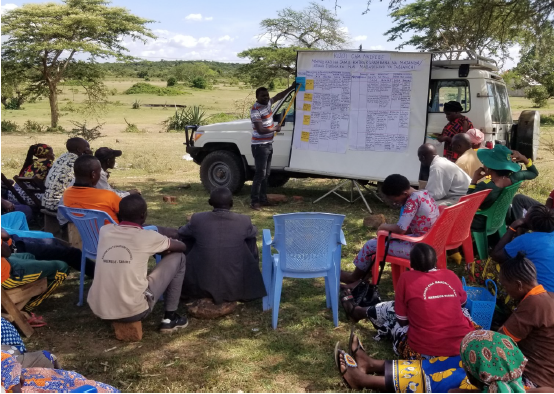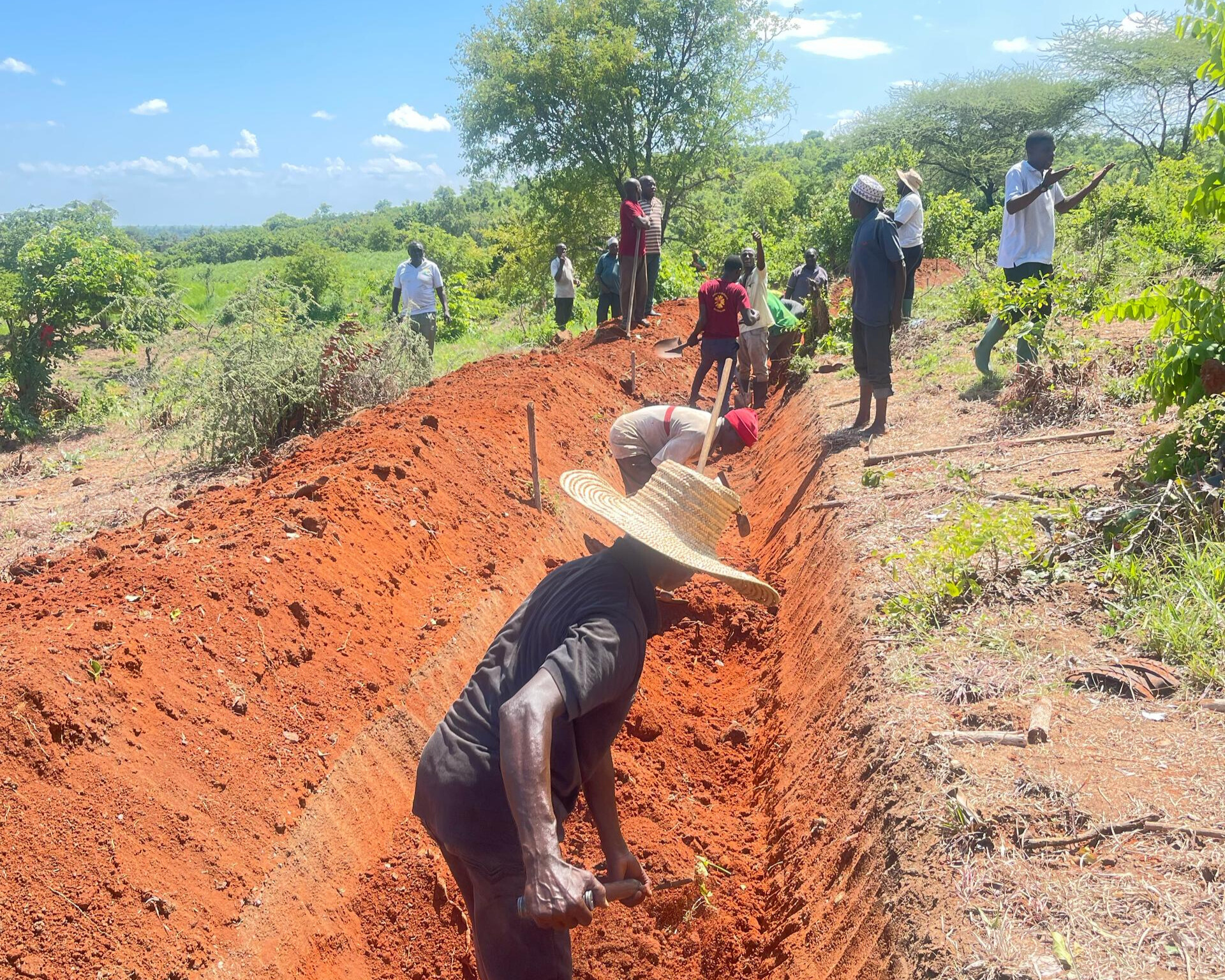A Young Farmer's Triumph: Emmanuel's Journey to Self-Sufficiency

Emmanuel Mhinzo's story takes place in the Kongwa district of Tanzania, specifically in the small village of Banyibanyi. He is a young man with a passion for agriculture and in 2021, he became a part of the GAPE project. The GAPE (Girls Empowerment in Agroecology and Permaculture) Project, supported by SAT (Sustainable Agriculture Tanzania) and the Msichana Initiative, focuses on empowering vulnerable girls in Tanzania. This holistic approach includes personal, social, and economic emancipation, aiming to build confidence and vocational skills in agroecology and permaculture. This project is focused on identifying and nurturing the agricultural talent among the youth in the region. The project aims to help them achieve their full potential and contribute to the development of the agricultural sector in Tanzania.
Emmanuel's journey is a remarkable tale of innovation and adaptation. Unlike traditional farmers who rely on seasonal rains, he dared to defy the norm. In August 2022, armed with newfound knowledge from the agroecological training provided by SAT, he embarked on a venture of maize cultivation. But, his approach was different. He didn't wait for the rain. Instead, he harnessed the power of a nearby stream, using a rented water pump to irrigate his crops. This decision marked the beginning of a year-round agricultural cycle, breaking free from the constraints of seasonal farming.

The shift from conventional to agroecological practices was not just a change in farming techniques; it was a redefinition of his agricultural philosophy. With a modest capital of 350,000/=, raised from savings within his group, Emmanuel invested in his half-hectare plot. His strategy involved using organic pesticides and tea manure, a stark contrast to the expensive inorganic methods he used in the past. The result? A flourishing farm yielding more produce at a significantly lower cost.
"I have seen the fruits of embracing agroecology," Emmanuel reflects. "My crops, nourished by organic manure, outperformed those without. It's visible in their growth and the yield."
By November 2022, Emmanuel's efforts culminated in a harvest worth 600,000/=, a testament to his hard work and the efficacy of sustainable farming methods. His success story didn't end there. Emboldened by his achievements, he expanded his agricultural endeavors to two more farms, spanning two and a half hectares, with a continuous focus on irrigation.

But Emmanuel's vision extends beyond maize. He harbors an ambition to venture into duck farming, inspired by the livestock training sessions conducted by SAT facilitators. His interest in diversifying into poultry reflects a broader perspective on sustainable agriculture and income generation.
His journey has not just been about personal growth but also about influencing change in his community. Initially met with skepticism, his unconventional methods of using organic inputs over chemical ones raised eyebrows among neighboring farmers. However, as his crops matured and flourished, skepticism turned into admiration and curiosity. His peers, once doubtful, began seeking his advice, eager to learn more about these cost-effective and productive farming techniques.

Emmanuel Mhinzo's story is not merely a narrative of agricultural success; it is a shining example of hope and a model for sustainable farming in Tanzania. His journey underscores the fact that young farmers, armed with adequate knowledge and resources, can revolutionize their livelihoods and make significant contributions to their communities. In the face of changing climatic patterns and economic hurdles, his story stands as a robust testament to the immense potential of youth in agriculture, laying out a sustainable path ahead for future generations.
This project is implemented by Sustainable Agriculture Tanzania (SAT) in collaboration with the Msichana Initiative and Practical Permaculture Institute of Zanzibar (PPIZ) with financial support from the French Embassy under the supervision of FCS Trust








